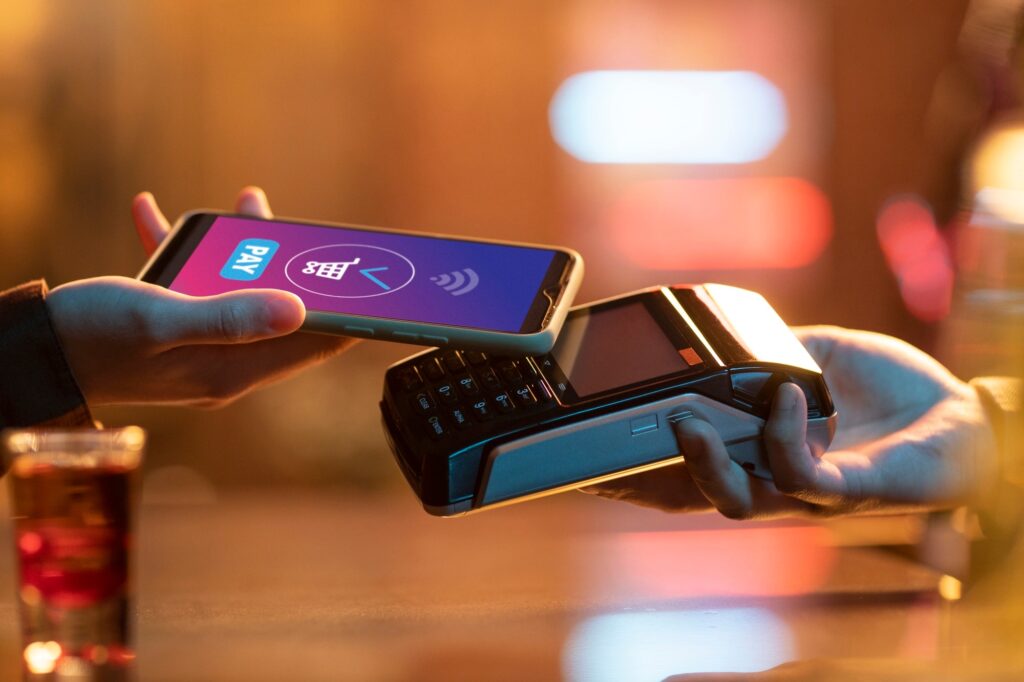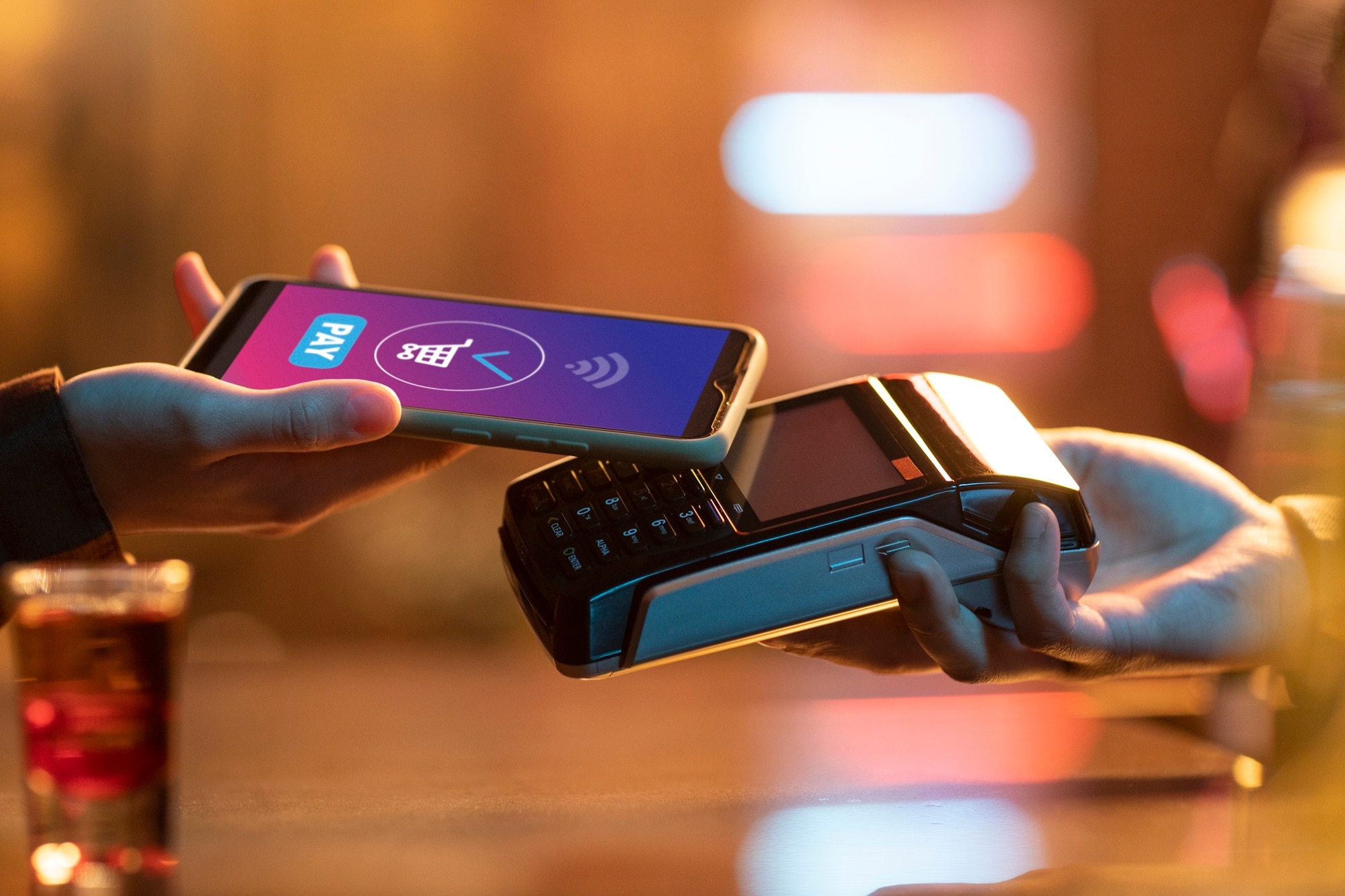Voice-Activated Payments: The Future of Secure, Hands-Free Transactions
Discover how voice-activated payments are transforming the way we pay—offering security for hands-free financial transactions.
Pay with just your voice—no cards, no clicks, no touch.
In a world moving rapidly toward frictionless technology, voice-activated payments are carving out a space as one of the most convenient and secure payment options.
With a simple voice command, users can send money, authorize purchases, or check their balance—without lifting a finger.
Voice technology is no longer just a novelty. It’s becoming a mainstream payment method that blends accessibility, speed, and innovation.
As smart devices become more advanced, so does the potential for integrating payment functionality into everyday conversations with digital assistants.

How Voice-Activated Payments Work
Voice payments rely on AI-powered digital assistants like Amazon Alexa, Google Assistant, and Apple’s Siri. Once set up, users can link their accounts and authorize transactions by speaking a passphrase or PIN.
For example, you might say, “Hey Siri, send $20 to Mom,” and the transaction is processed within seconds. The process involves biometric voice recognition and backend encryption to ensure safety.
Authentication is key. Most systems require secondary verification such as facial recognition, fingerprint, or a password to finalize the payment—adding a layer of protection.
Benefits of Using Voice for Payments
The most obvious benefit is convenience. Voice-activated payments eliminate the need for physical cards, keyboards, or screens. This hands-free method is ideal while driving, cooking, or multitasking.
It also improves accessibility for people with disabilities or limited mobility. Voice-first technology enables easier interaction with banking and payment systems.
Speed is another major perk. Instead of opening apps and typing in details, users complete tasks in seconds. This streamlined experience is ideal for fast-paced lifestyles and busy routines.
Security and Privacy: What to Know
Security is a top concern with any new tech. Thankfully, voice-payment platforms have been built with multiple protections in place. Voice recognition ensures that only the user can authorize payments.
Data is typically encrypted, and transactions are logged for user review. Some platforms allow users to set spending limits or restrict voice payments to specific vendors.
Still, it’s essential to be mindful of surroundings. Accidental activations or fraudulent commands can happen if devices are left unlocked or exposed to background voices.
Use Cases Across Industries
Voice payments are already transforming various sectors. In retail, customers can reorder products simply by speaking to their smart speaker. Restaurants are exploring voice payment kiosks that allow drive-thru customers to pay verbally.
In banking, many institutions now support voice commands for balance checks, bill payments, and account transfers. Fintech apps are integrating voice as a primary user interface.
Wearables and IoT devices are also joining in. Imagine telling your smartwatch to pay for your coffee, or asking your car’s infotainment system to split a bill on the go.
Limitations and Challenges Ahead
Despite its promise, voice-payment adoption faces a few barriers. Accents, background noise, and poor microphone quality can cause miscommunication. Not all vendors support voice transactions yet.
Privacy concerns remain significant. People may hesitate to authorize payments aloud in public or around others. There’s also the risk of voice spoofing, although biometric verification helps mitigate this.
Another challenge is user habit. Many people are still more comfortable tapping a card than trusting a voice command, especially when money is involved.
What the Future Holds for Voice-Activated Payments
As artificial intelligence and voice recognition improve, so will the accuracy and security of voice payments. Future developments may include conversational commerce—where users can ask about deals, compare prices, and complete purchases in one verbal session.
Voice banking is expected to evolve into more human-like interactions. Instead of robotic commands, users may have full conversations about budgeting, saving, and financial planning.
Integration with smart homes and vehicles will likely increase, turning everything from your fridge to your car into a potential payment device.
Should You Try Voice Payments?
If you’re comfortable with voice assistants and enjoy tech-based convenience, trying voice-activated payments could be a smart move. Start small, enable security features, and monitor usage closely.
With responsible use, this method can add a new layer of simplicity to your financial life—saving time while keeping your hands free.
Explore a New Way to Pay
Voice-activated payments may still feel futuristic, but they’re already here—and growing fast. With the right setup, you can experience a seamless, hands-free way to manage money that speaks your language.


